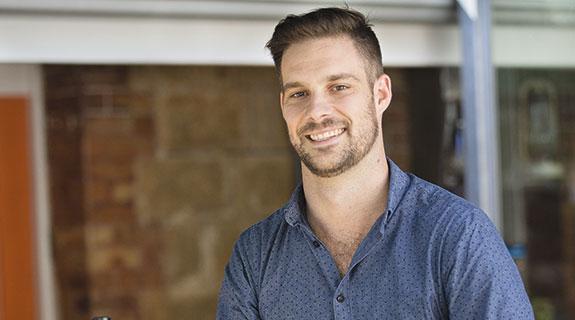Research to fine tune cellar door offerings
Funded by the Wine Australia Incubator Initiative Program, Curtin University is conducting a research study to identify differing wine tourist and consumer segments, and investigate their behaviours at the cellar door. The study will be utilising cutting-edge mobile phone tracking technology to help develop a cellar door analytics system to monitor visitation numbers and how they interact with different cellar door service offerings. The aim of the study is to provide insights to guide wine producers on how they can optimise their cellar door service offerings to cater for the needs of a diverse consumer marketplace. The study commenced in October and will be running until September 2020.
The study’s Chief Investigator, Dr Ben Thomas, had the following comments regarding the study:
The Australian domestic wine market is highly competitive and the cellar door represents a significantly important channel for wine producers to reach the consumer and sell their product. This is particularly important for smaller producers, with latest Wine Australia data suggesting that producers <1,000 cases/year rely of cellar door for 68% of total sales; and producers 1,000-5,000 cases/year, 40% of total sales. Nevertheless, regardless of size of production, wine tourism is an important cog in any producers’ marketing/sales efforts. It delivers greater margins, greater control of their brand, the ability to tell their brand story directly to the consumer, greater post visit purchase behaviour as well as the ability to build complementary revenue streams/services into the business model.
Wine producers are taking advantage of these benefits and have been building creative complementary service offerings (i.e. restaurant and food offerings, gallery and museums, tours, local produce and creative tasting sessions) into their wine tourism offering. However, whilst these service offerings deliver benefits and attract a wider audience, they can be costly to develop as well as presenting other challenges such as attraction of low-value consumers who can crowd facilities and impede staff’s ability to serve and sell wine to higher value consumers. The big question is, what are different wine consumers seeking as an experience when visiting wineries, and how can we design these experiences to maximise value for both producer and consumer?
For the study, we have partnered with two WA wine producers (one in Swan Valley, one in Margaret River). We have installed tracking sensors in specific zones within the cellar door facilities that align with specific service offerings. This will form a data collection framework to monitor visitor numbers, repeat visitation, visitor flow and sales conversions. Further, survey data will be used to identify specific wine consumer segments to cross-reference with tracking data. With this framework in place, we can implement service design experiments and use collected data to measure precisely the impact they have on visitor attitudes, behaviour and sales conversions. Ultimately, we aim to be able to develop a tiered service offering approach to successfully deliver engaging experiences to every level of consumer whilst maximising sales conversions for wine producers.
Once the study is complete, I look forward to sharing the insights with the greater WA wine industry.
If you would like to receive any further information about the study or would like to participate in future projects, please contact Dr Ben Thomas.

